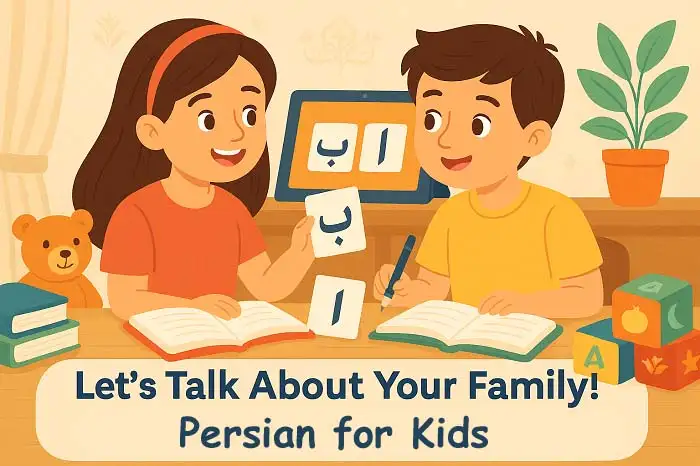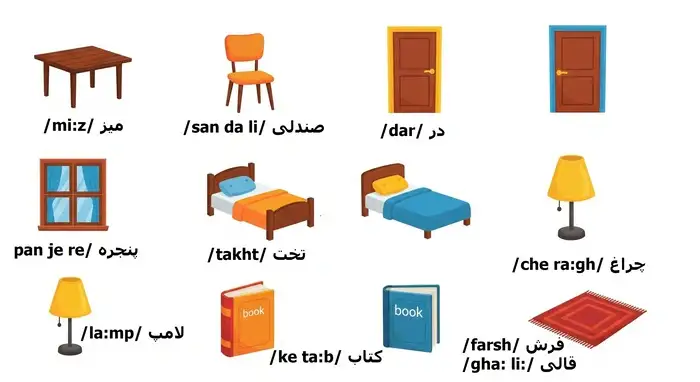Persian, also known as Farsi, boasts a rich history and distinct variations. While learning the language, understanding the differences between formal and conversational speech is crucial. This article delves into these variations, providing numerous examples to help you navigate social situations with ease. Video of formal vs. conversational Persian Diglossia: A Distinctive Feature Unlike English, Persian exhibits a unique phenomenon called diglossia. This means there are two distinct forms of the language – a written form used formally and a spoken form used in everyday conversations. The written form, heavily influenced by Arabic and Old Persian, is rarely spoken. Conversely, ...
Home » Learn Persian Online with 500 Persian Lessons + Videos » Formal vs. Conversational Persian with Examples

Formal vs. Conversational Persian with Examples
Updated: by Dr. Mohammad Hossein Hariri Asl
Time to Read: 10 minutes | 308 Views | 2 Comments on Formal vs. Conversational Persian with Examples
Share This Post
About the Author
Dr. Mohammad Hossein Hariri Asl is an English and Persian instructor, educator, researcher, inventor, published author, blogger, SEO expert, website developer, entrepreneur, and the creator of LELB Society. He's got a PhD in TEFL (Teaching English as a Foreign Language).
Number of Posts: 4224



این یک موضوع خیلی جالبی است چون که این تفاوت بین فارسی رسمی و خودمونی مخصوص زبان فارسی است و زیاد در زبان های دیگر پیدا نمی شود. من قبلا اصطلاحات رسمی نمی فهمیدم ولی الان پیشرفت کردم و فارسی رسمی را بهتر می فهمم.
بله، کاملا درسته. در زبان فارسی، تفاوت هایی بین فارسی رسمی و فارسی غیر رسمی وجود دارد. این تفاوت ها به ویژه در تلفظ واژگان و صرف فعل ها دیده می شود. در ضمن، پیشرفت شما در یادگیری زبان فارسی فوق العاده بوده.